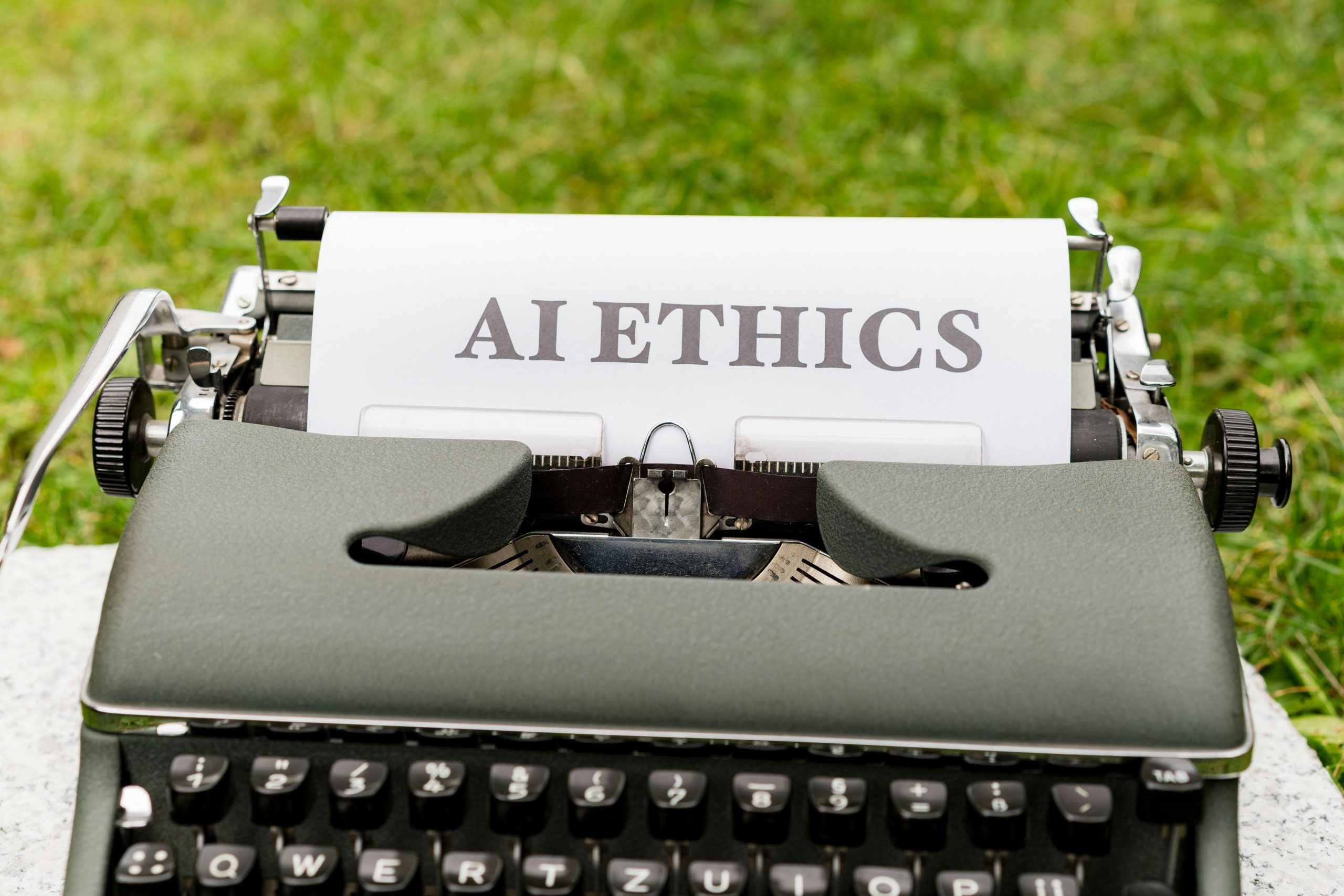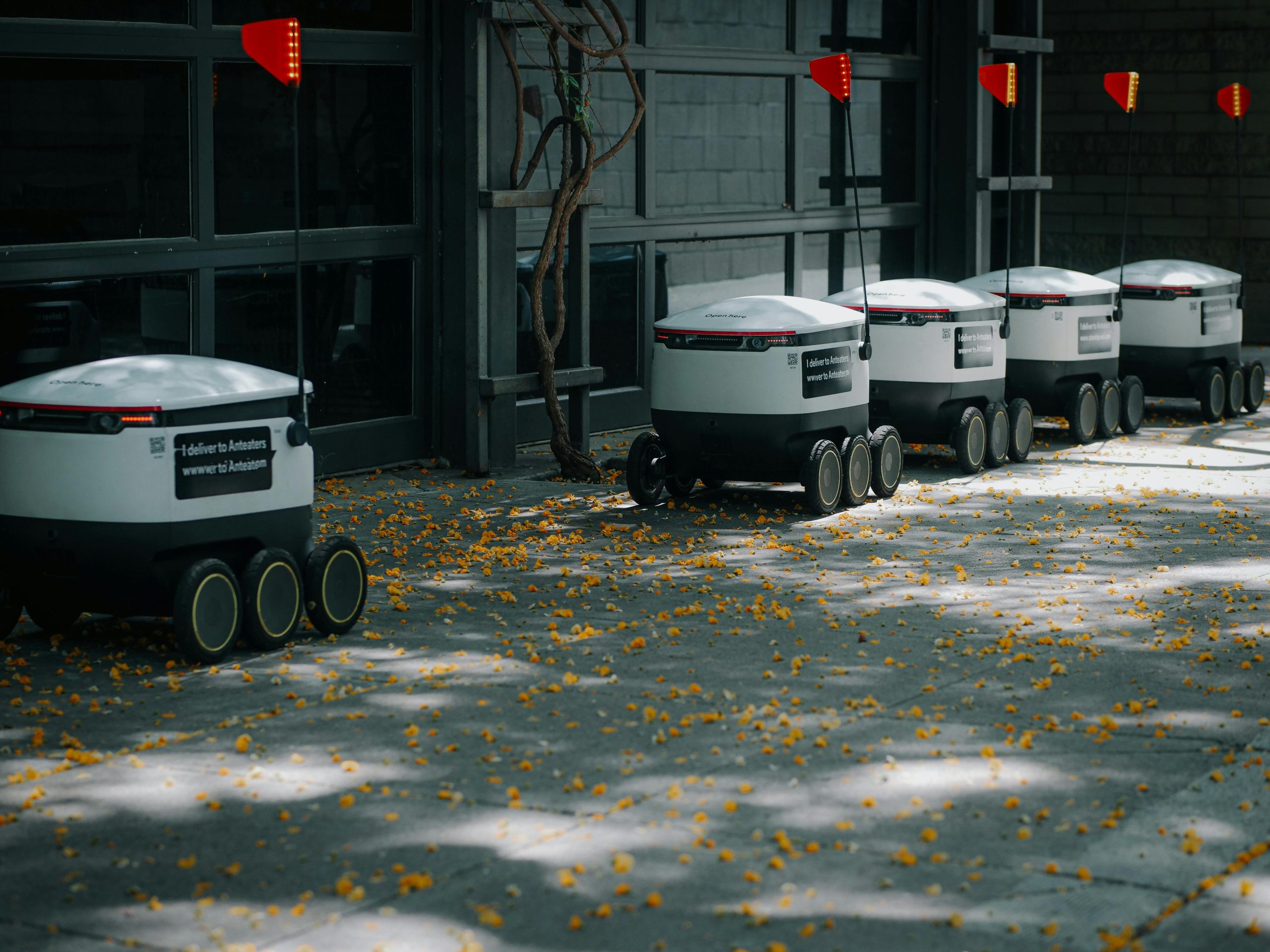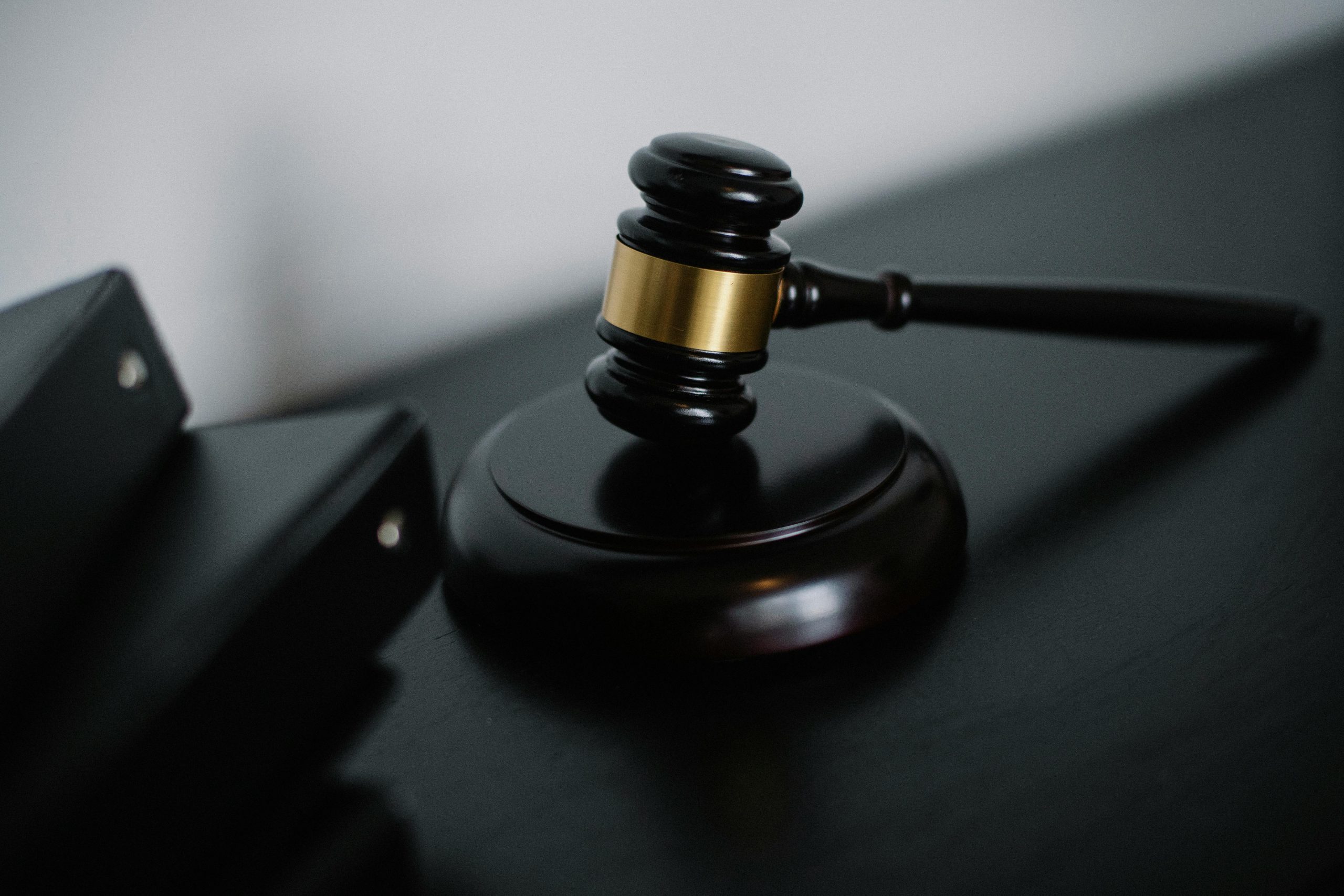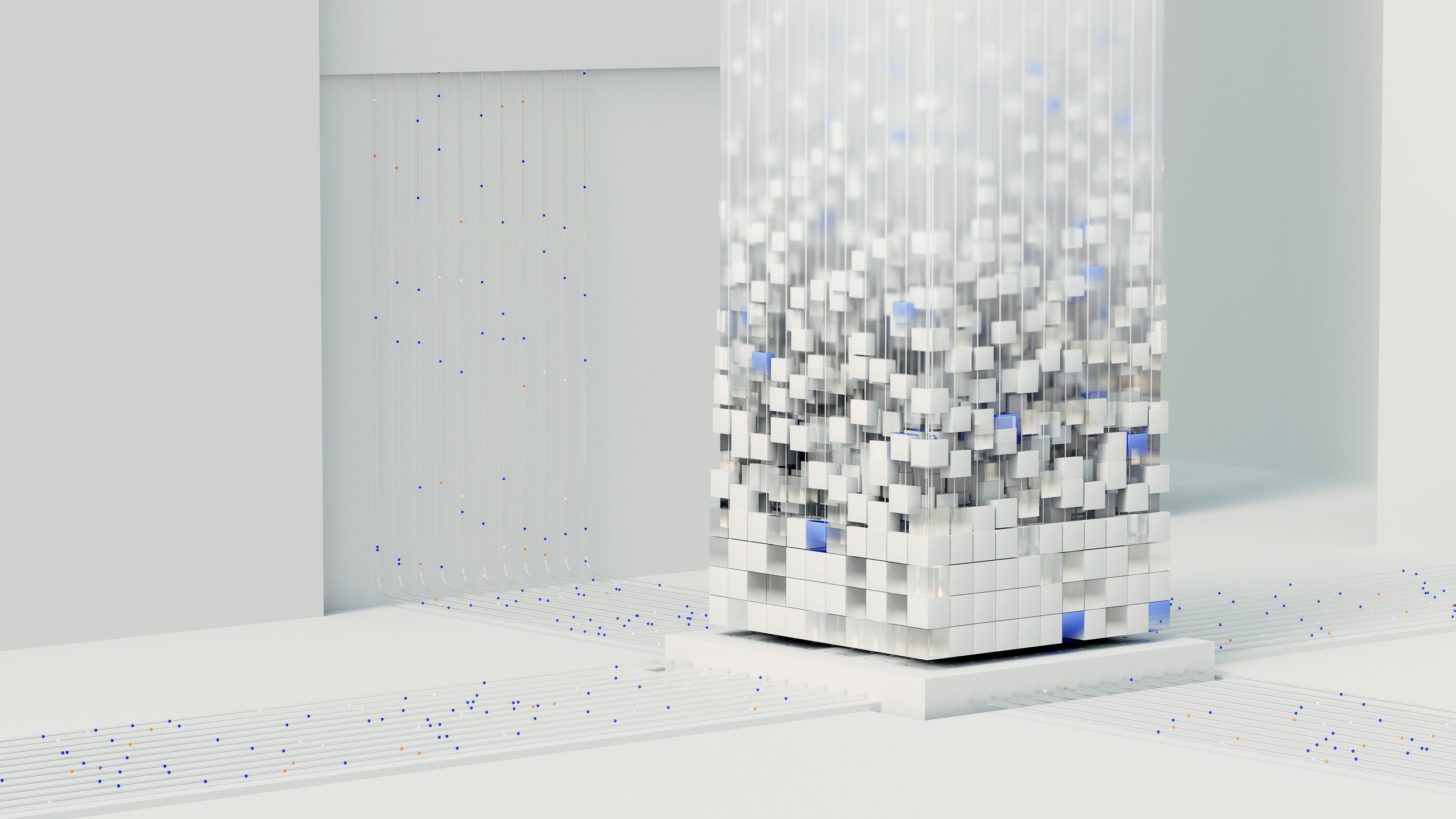The morning sun glints off glass towers, and everywhere, AI hums quietly under the surface. Driverless cars glide through traffic. Machines handle contracts, loans, and even city power grids. This is a future where nothing slows AI’s reach—not even a single new law.
For an entire decade, lawmakers have stood still. New rules gather dust as companies push boundaries and old regulations fade into the background. Now, citizens, businesses, and governments all face the effects of this grand pause.
What happens to trust, safety, and progress when oversight freezes while innovation races ahead? The next ten years reveal the price—and promise—of letting AI run free.
The Origins of the 10-Year AI-Regulation Freeze
Whispers of a pause started well before the freeze became law. It happened not through a single act, but through months of debate. Halls of Congress filled with cheers and warnings. The tech world watched, sometimes in awe, sometimes with unease. The idea—simple at first—soon gripped airwaves and living rooms. “Let the market sort it out,” some said. Others clung to old playbooks. The years leading to the freeze were anything but quiet.

Photo by Markus Winkler
Early Pressure and Political Turning Points
The real push began after a string of wild AI breakthroughs made headlines. A bot passed the bar exam. Generative tools wrote bestselling novels. The public wondered: Would new laws slow all this down? At first, lawmakers tried to keep up. Proposals stacked up in committee folders. It felt like every week brought a fresh draft.
Then, a single election turned the tide. Candidates promised to unleash progress, painting regulation as a threat. Polls showed people wanting jobs and innovation, not more red tape. This climate set the stage for a bolder move: Freeze all new AI-related rules for a decade. Lobbyists called it a chance to “let technology breathe.” Some lawmakers called it “standing back to see what happens.” The idea stuck.
Champions of the Freeze: Who Pushed Hardest
Multiple groups poured time and money into making the freeze a reality. Here’s a look at the main backers:
- Major Tech Corporations: Saw a chance for rapid growth without limits.
- Silicon Valley Venture Capitalists: Wanted open fields for their investments to grow.
- Policy Think Tanks: Some claimed regulations would only stifle progress.
- Influential Politicians: Promised jobs and growth, riding a tech-first wave to victory.
The freeze united usual business rivals under one banner. Their voices shaped the story on morning shows and op-ed pages.
Voices of Caution: The Critics and their Warnings
Not everyone wanted the pause. A mix of experts, activists, and civic groups pushed back. They worried about power shifting too far, too fast, into corporate hands.
These critics included:
- Academics in Ethics and Law: Raised alarms over unchecked AI in high-stakes settings.
- Consumer Rights Groups: Feared privacy abuses and bias would run wild.
- Labor Unions: Warned of lost jobs and worker rights eroding without new protections.
- Smaller Tech Firms: Worried giants would trample newcomers without any guardrails.
Protest rallies broke out near statehouses and on city streets. Supporters of regulation held up signs showing robot hands squeezing the world. Critics took to social media, warning of a slippery slope.
Even as these voices pushed back, momentum for the freeze kept building. Political winds favored speed over caution. The freeze moved from talk to law, locking in the pause that would change everything.
Life Without New AI Laws: Industry Unleashed
The freeze on new AI regulation sent shockwaves through every industry, loosening the brakes on invention and competition. Suddenly, the rules of the game felt old. Tech giants and start-ups accelerated projects, sometimes skipping steps once required by law. People saw benefits and dangers gather speed side by side—like traffic without stoplights. Below, you’ll see what happened in three areas where the stakes grew higher every year.
Healthcare and Medicine: Breakthroughs, Risks, and Dilemmas in Treatment and Privacy
In medicine, the absence of new rules removed many barriers. Hospitals installed next-generation diagnostic tools that scanned, tested, and even advised on care faster than any human. Life expectancies in some regions climbed, with smart wearables sounding alerts before symptoms even appeared. Algorithms found hidden patterns in genetic data, opening doors to custom-made treatments.
But progress came at a price:
- Risk of overreliance: With fewer checks, some hospitals trusted black-box algorithms too much, even when results were unclear.
- Privacy battles: Private health data flew across servers, with AI models sharing and comparing patient records to learn faster. Not everyone realized how much of their information moved or where it went.
- Rich/poor divide: Wealthier clinics snapped up the best tools. Smaller providers sometimes fell behind, creating a gap in care.
Real people faced new dilemmas: Would you trust a faceless AI with a life-or-death decision? Patients gained speed and access—as long as they didn’t mind the trade-off in privacy or personal touch.
Education and Knowledge Sharing: Classroom Changes, Student Outcomes, and Concerns About Fairness and Bias
AI hit classrooms like a tidal wave. Lessons tailored themselves to each child’s ability. Teachers used predictive tools that flagged students in trouble early, often raising graduation rates. Homework grading became instant, and tutoring bots answered kids’ questions anytime.
Yet, the ease brought its own headaches:
- Fairness and bias: Without new checks, flawed training data sometimes reinforced old stereotypes, sidelining kids from certain groups.
- Data privacy: AI analyzed student behavior down to the second—sometimes sharing that info with outside companies and universities.
- Teacher roles: Educators shifted from front-of-class guides to managers of software and data. Some students thrived, while others struggled with less human contact.
Imagine growing up knowing every keystroke might get recorded and analyzed. Parents started to worry: Was their child’s data safe? Would AI label a kid unfairly for life? These questions only grew louder as AI’s reach deepened in schooling.
Workplace and Job Markets: Automation, Hiring Practices, and Shifting Power Between Workers and Employers

Photo by Kindel Media
In the world of work, AI swept aside old routines. Self-learning bots filled offices, factory floors, and even newsrooms. Jobs once done by people—accounting, transport, even making coffee—shifted to machines.
This brought a mixed bag of changes:
- Automation surge: Repetitive and dangerous jobs disappeared almost overnight. Consumers enjoyed lower prices and faster service, but millions had to retrain or move to new fields.
- AI-driven hiring: Algorithms filtered resumes for fast, sometimes ruthless selection. Old biases in hiring weren’t always fixed; some got worse if no one checked the code.
- Power shift: Big companies expanded fast, using AI to squeeze out competitors and cut costs. Small businesses, without deep pockets, struggled to automate or faded away.
For workers, it felt like racing against a conveyor belt that kept speeding up. Some caught new waves—learning new skills and rising quickly. Others felt left behind, unsure if tomorrow’s job would even exist.
These shifts left no one untouched. Companies grew bolder, but every step forward came with questions about who won, who lost, and who watched from the sidelines.
Winners, Losers, and Unintended Outcomes
A full decade without new laws let the AI floodgates swing open. The world changed in fast and sometimes surprising ways. Some people struck gold. Others watched their old lives slip away. In unexpected corners, quiet markets and shadow deals buzzed with new energy. Here’s a look at who rose, who fell, and the twists no one saw coming.
Sudden Winners: The Lucky, the Smart, and the Well-Placed
Opportunities mushroomed for those ready to move fast. Some winners were easy to spot—big tech, sharp investors, and kids with an early knack for code. But plenty of luck and timing joined in.
- Major Tech CEOs: Their fortunes exploded as their companies dug into every space vacated by slow old laws. Owning AI platforms became more prized than oil.
- Ultra-specialist freelancers: Coders and data pros with rare skills billed rates that made even lawyers jealous. Remote work turned their homes into gold mines.
- Nimble local businesses: A few small shops hooked smart AI to neighborhood needs—smart delivery, micro-warehousing, local medical scans—gaining fast loyalty while others scrambled.
- Early AI educators: Some teachers and retirees retrained early, started private mentoring, and saw waiting lists stretching for months.
This decade also lit fires in countries not often seen as tech hubs. Cities in Southeast Asia and Eastern Europe rolled out low-cost AI training, snagging jobs and contracts once locked in Silicon Valley.
The Losers: Left Out or Run Over
Plenty lost ground, some in ways that stung for years. Whole towns built on old jobs saw family lines snap under the pressure. Safety nets wore thin and trust faded.
- Routine workers: Factory staff, clerks, and drivers watched software and machines step in. Retraining didn’t work for all—many ended up in lower-wage gigs or hustling with short-term jobs.
- Small rivals to Big Tech: Independent firms, unable to match the big players’ reach or speed, faded quietly. Some handed over their user data or shut down, swallowing their pride.
- Privacy and rights groups: Lack of new safeguards left these advocates with little real power. Lawsuits dragged on, but with the courts lagging behind technology, few made headlines.
- Traditional government roles: Public workers used to steady rules and routines saw their roles cut, changed, or replaced by software that rarely explained its choices.
In some cities, unemployment hovered like a storm cloud. Older adults, once pillars of their industries, now stood in endless training lines, hoping the next course would help.
Shadow Gains: Black Markets and Gray Areas
With legal guardrails missing, new underground spaces jumped to life. Not all growth was on the sunny side of the street.
- AI-powered scams: Criminal rings ran smart phishing bots and deepfakes, draining wallets faster than police could track.
- Unlicensed AI clinics: In crowded cities, pop-up shops sold diagnostics or gene-editing tweaks, promising miracle fixes—with mixed results and no oversight.
- Data trading: Black markets for private data—health, education, buying habits—boomed without fear of swift crackdown. Ordinary folks found their digital lives bought and sold in secret auctions.
- Shadow schools: Desperate for an edge, families turned to unapproved tutoring bots and “AI whisperers” to break into selective schools. Some succeeded; others got stuck with scams.
 Photo by Sora Shimazaki
Photo by Sora Shimazaki
The boundaries blurred between legal innovation and rule-breaking. Some risk-takers built fortunes, others faced quiet ruin—or public shaming when deals went bad.
Unexpected Shifts: Personal Stories from the Freeze
You didn’t need a lab coat or a boardroom to feel the change. On city streets and rural backroads, AI’s wild, lawless ride left stories that didn’t fit the simple win-loss mold.
- A school janitor in rural Texas: Lost his job to a cleaning bot, took coding classes at the library, and now runs a small AI consulting gig for local farmers.
- A retired nurse in Tokyo: Used AI tools to care for seniors in her building, but got tangled up when the app collected more neighbor data than anyone expected.
- Two friends in Nairobi: Built a street-level delivery network using open-source AI. Competition from a giant firm wiped them out—but their model inspired dozens of copycats across Africa.
This wasn’t just a tale of rich or poor, urban or rural. Unwritten rules, quick thinking, and luck made all the difference. Some caught the updraft. Others faced hard landings, far from cameras or news.
The decade’s freeze offered no script for survival or success. Everyone learned on the fly, rewriting their story—one twist at a time.
Looking Ahead: What Happens After the Freeze Ended
The world held its breath as the freeze ended. For ten years, industries rewrote the rules in ink the law could not erase. At every dinner table and policy roundtable, debate flared about what would change as the floodgates of regulation swung open again. Would it all snap back to order, or would old gaps widen? The future felt freshly uncertain, but also full of new choices.

Photo by Google DeepMind
The Return of Oversight: First Steps and Public Expectations
Experts drafted long documents with the weight of lost years behind each word. Discussions bubbled on news feeds and in coffee shops. People wanted better safety but worried about killing the spark that made AI soar. Citizen groups showed up at city halls, holding signs and telling stories of harm and hope.
Lawmakers worked overtime:
- Revisiting old problems: They tackled bias, privacy, and safety with new urgency.
- Setting guardrails: Agencies moved fast to install checks that felt long overdue.
- Pushing back against giants: Large companies, now used to light-touch rules, braced for change.
Some workers celebrated, hoping new rules would check the power of bots that once replaced them. Others feared innovation would slow, making jobs scarcer. The mood was restless but alive with new questions.
Policy Shakeups: Big Shifts and Missed Chances
As hearings resumed, the flurry of proposals often revealed how much had slipped by during the freeze. Policymakers aimed for quick wins, but found the world looked nothing like it had before. Those ten years left deep grooves that could not be paved over in a day.
Some major changes stood out:
- Clearer rights for individuals: New laws gave people more control over data collected by AI systems.
- Transparency demands: Companies had to open their algorithms to outside review, ending years of secrecy.
- Support for small innovators: Grants and training programs helped new companies play catch-up.
But not every problem got solved. Some missed chances lingered:
- Deeply-rooted bias: Old flaws in AI models had grown harder to spot after years without watchdogs.
- Shadow economies: Black markets and under-the-table solutions did not vanish just because rules returned.
- Global gaps: Countries that benefited from the freeze sometimes resisted strict new oversight, leaving global rules patchy and slow to roll out.
Regulation came back with a roar, but some wounds from the freeze proved hard to heal.
Heated Debates: Who Gets a Say When the Doors Reopen
Now, the floor belonged to many voices. Everyone had a stake. The questions turned from “Why pause?” to “How fast should we act now?” This time, more groups insisted on a seat at the table:
- Citizens’ panels weighed in on justice and privacy concerns.
- Worker unions demanded new safety nets for those replaced by automated systems.
- Tech insiders warned that heavy rules could push business underground or overseas.
The policy process, once slow and careful, now charged ahead with the passion of a town hall after a long blackout. No one wanted to repeat the mistakes of the freeze—missing warning signs, letting monopolies grow, losing track of whose rights mattered most.
People on sidewalks, in boardrooms, and behind screens all asked: What should come first, freedom or safety? The answer stayed in motion, shaped by old lessons and new voices, as the world walked into its next chapter.
Conclusion
Ten years without new AI rules drew hard lines between speed and safety, promise and loss. Some thrived in this open world, while others watched control slip from their hands. The freeze left bright gains and deep scars, shaping how people trust technology and each other.
Every choice carried weight. The rush to advance created shadow spaces where old rules and new needs collided. When the pause ended, nothing reset. Instead, the memories of unchecked change pushed everyone to think harder about the next step.
Picture those glass towers at dawn, their windows bright with progress but dark in places laws might have shielded. As the city wakes, it carries both hope and worry, asking: now that the rules are back, who will write the next chapter? Thank you for staying on this journey—share your own story or insight below.